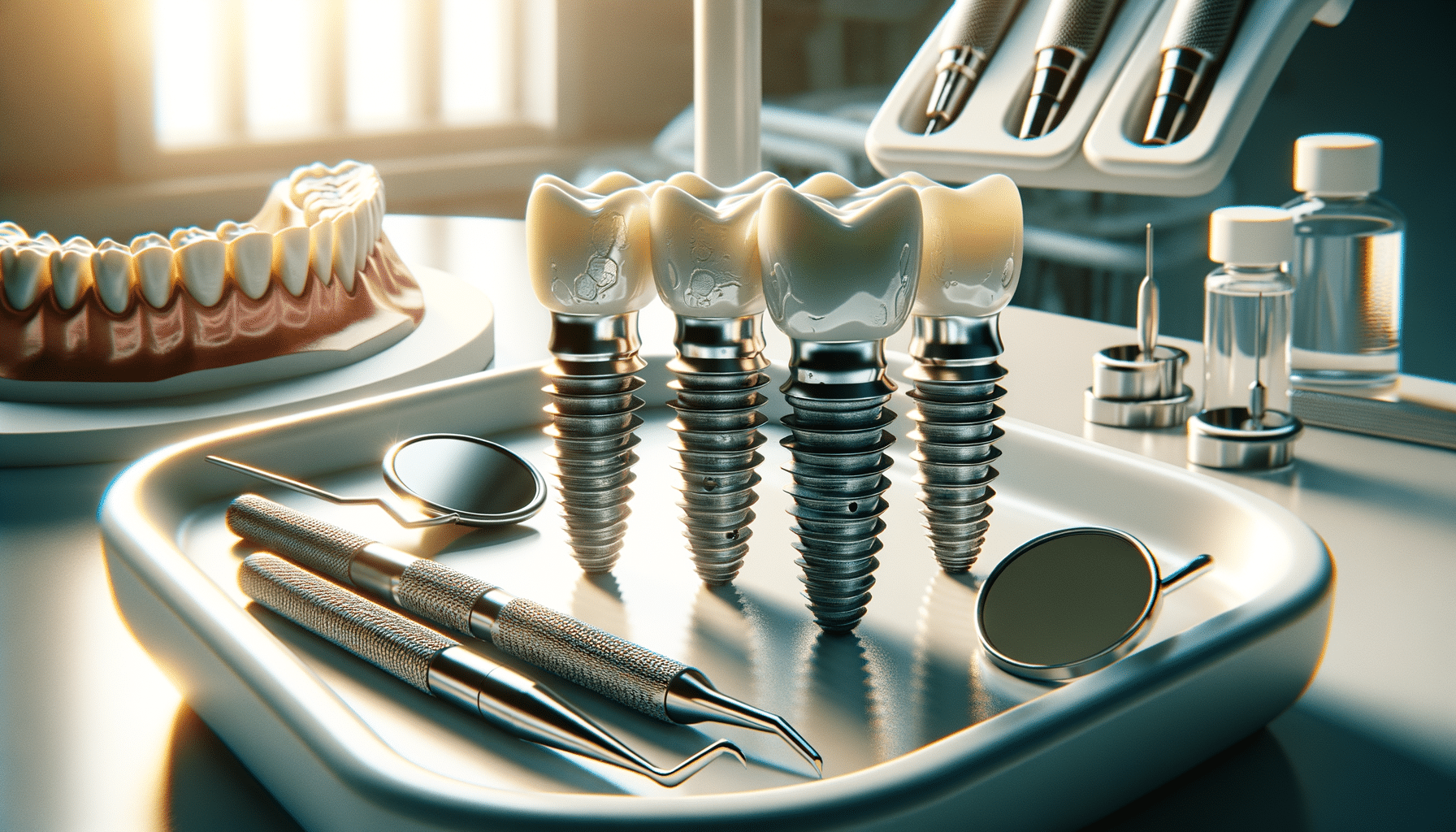
Understanding Dental Implants and Their Role in Dental Care
Introduction to Dental Implants
Dental implants have become a cornerstone in modern dentistry, offering a robust solution for those who have lost one or more teeth. These implants are artificial tooth roots, typically made from titanium, that are surgically embedded into the jawbone. Over time, they fuse with the bone, providing a stable foundation for artificial teeth. The importance of dental implants in dental care cannot be overstated; they not only restore the aesthetic appearance of a smile but also maintain the structural integrity of the jawbone, preventing bone loss and shifting of adjacent teeth.
In recent years, the demand for dental implants has surged due to their durability and natural appearance. However, with the growing interest, it is crucial to explore alternatives and understand the full spectrum of dental care options available. This exploration ensures that individuals can make informed decisions based on their unique needs and circumstances.
Exploring Alternatives to Dental Implants
While dental implants are highly regarded for their effectiveness, they may not be the ideal solution for everyone. Various factors, such as bone density, overall health, and financial considerations, can influence the decision to opt for dental implants. Therefore, it’s essential to explore alternatives that may offer more flexible solutions for those who cannot pursue implants.
Some common alternatives include:
- Dental Bridges: These are used to bridge the gap created by one or more missing teeth. Bridges rely on adjacent teeth for support, making them a viable option for individuals who may not have sufficient bone density for implants.
- Partial Dentures: Removable and typically more affordable than implants, partial dentures can replace multiple missing teeth and are a popular choice for those seeking a non-permanent solution.
- Resin-Bonded Bridges: Also known as Maryland bridges, these are less invasive and can be a temporary solution while deciding on more permanent options.
By considering these alternatives, patients can find more flexible options that suit their lifestyle and budget, ensuring they receive the dental care they need without compromising quality.
The Process of Getting Dental Implants
Understanding the process of receiving dental implants is crucial for those considering this option. The journey begins with a comprehensive dental examination, including X-rays and 3D imaging, to assess the condition of the jawbone and plan the implant placement. If the bone is insufficient, bone grafting may be necessary to provide a solid foundation for the implants.
Once deemed suitable for implants, the procedure is carried out in several stages:
- Implant Placement: The titanium post is surgically inserted into the jawbone. This step is usually performed under local anesthesia.
- Osseointegration: Over the next few months, the bone gradually fuses with the implant, a process known as osseointegration, which is critical for the stability of the implant.
- Abutment Placement: After osseointegration, an abutment is attached to the implant, serving as a connector between the implant and the artificial tooth.
- Artificial Tooth Placement: Finally, a custom-made crown is placed on the abutment, completing the restoration process.
The entire process can take several months, but the result is a durable and natural-looking replacement that integrates seamlessly with existing teeth.
Affordable Dental Care Options
The cost of dental implants can be a significant concern for many. However, there are affordable dental care options that can help manage expenses. Dental insurance plans may cover part of the implant procedure, depending on the policy. Additionally, many dental clinics offer payment plans or financing options to spread the cost over time, making implants more accessible.
For those still finding implants financially out of reach, other cost-effective solutions include:
- Community Dental Clinics: These clinics often offer services at reduced rates based on income.
- Dental Schools: Many dental schools provide discounted services performed by students under professional supervision.
- Discount Dental Plans: These plans offer reduced fees for dental services, including implants, through a network of participating providers.
By exploring these affordable options, individuals can find a solution that fits their budget while still receiving quality dental care.
Conclusion: Making Informed Choices in Dental Care
The decision to pursue dental implants or explore alternatives is a significant one, impacting not just oral health but also overall well-being. By understanding the various options available, patients can make informed choices that align with their personal and financial needs. Whether opting for dental implants or choosing a more flexible alternative, the goal remains the same: achieving a healthy, functional, and confident smile.
Ultimately, consulting with a dental professional is crucial in navigating these choices, ensuring that the selected dental care option is tailored to each individual’s unique circumstances.


